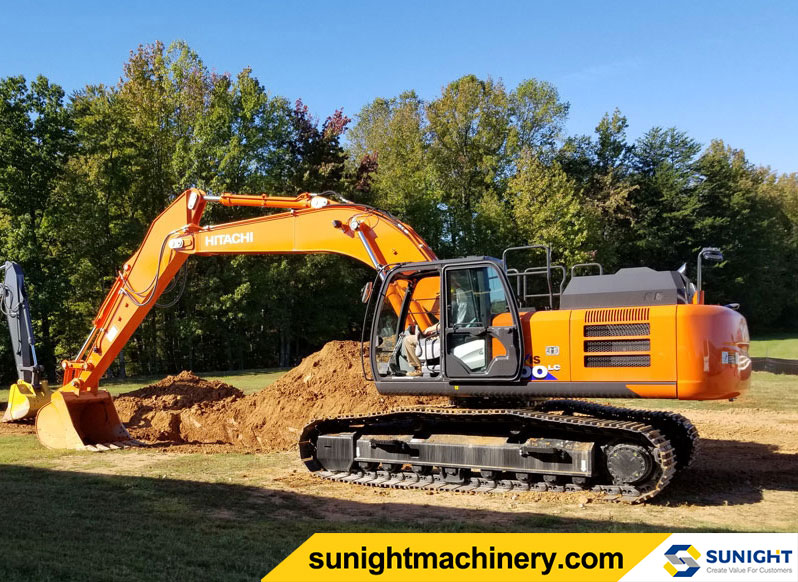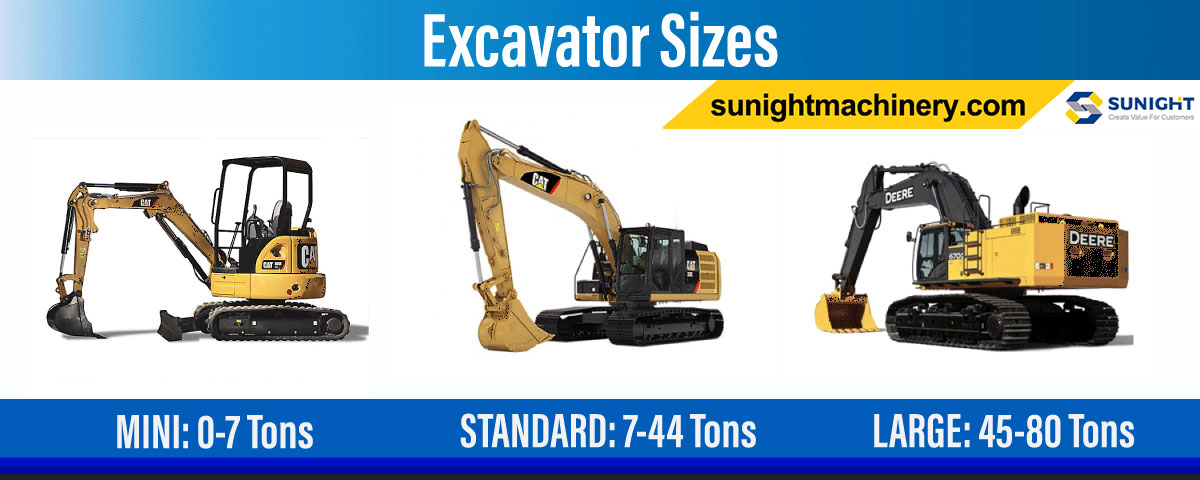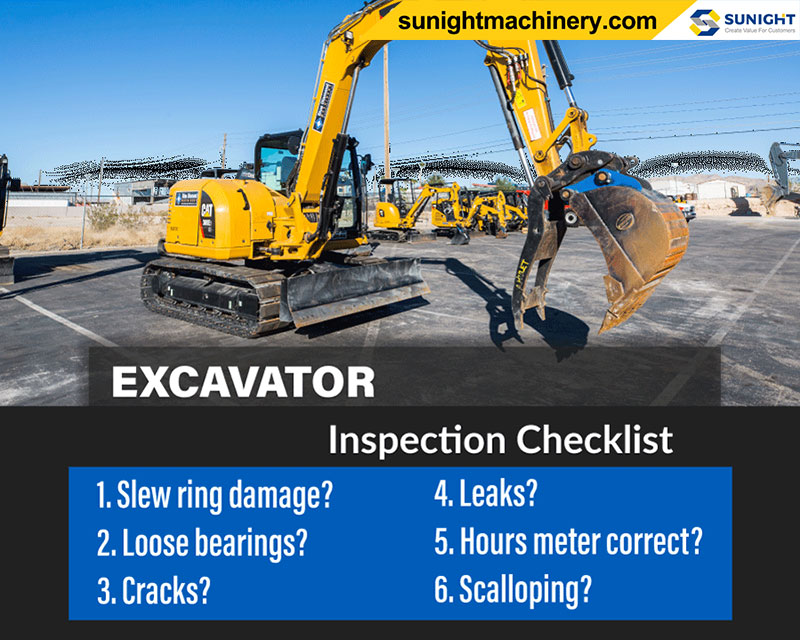If you’ve decided that buying used machinery is the right avenue for your next equipment investment, then there are a few things to consider when selecting the right piece. You’ll need to think of your business needs both in the short- and long-term. With so much selection available, it’s important to narrow down your options and invest in the best possible machine for your needs. Here are some tips for buying used construction equipment:
Every piece of heavy machinery is designed for an ideal role. Backhoes, excavators, and loaders are each designed to accomplish unique tasks, making them efficient and productive for certain jobs. When buying used equipment, assess your current fleet and determine which machinery applications you need the most to improve your operations and profitability.
It’s not enough to know which type of machinery you need, you also need to know the correct capacity you require. Buying machines that are undersized for your project needs can lead to inefficient work, taking longer to complete projects. But buying machines that are overkill for the job also presents risks and higher operating costs. Be sure to consult with a heavy equipment specialist to determine the right size of equipment for your typical jobs.
When buying used equipment, you’ll also need to consider the environment in which you’ll be operating your machine. Consider the typical job sites you work on and what features your equipment needs to run successfully. Think about climate and whether you need an enclosed or covered cab. The job site’s terrain will also determine whether you need tracks or wheels on your machines.
Work tool attachments can give your machine extreme versatility, allowing you to accomplish more in less time. Before purchasing used equipment, be sure that the model you’re looking at is compatible with the types of attachments you’ll be running. You’ll also need to think ahead about what work tool attachments you may need for future projects as your business grows.
Whether buying an excavator new or used, it's important to do your homework beforehand so that you can make an informed purchasing decision. Below are several questions to ask yourself as well as an inspection checklist to use when examining the excavator for damage or excessive wear.
Excavators are grouped into three sizes (0-7 metric tons), standard (7-44 tons) and large (45-80 tons). Before you contact a seller, know the spec requirements for the job, as this will help you determine the size of machine you'll need. You'll also need to consider ahead of time whether or not you'll need any support attachments, such as couplers, rippers and hammers.
In addition to ensuring you have a trailer that is equipped to transport your excavator, you'll also need to make sure your drivers have the correct certification and that your trailer will be able to maneuver successfully to and from your jobsite. Certain roads and bridges, for example, may not allow oversized loads. What's more, these are all added expenses that you'll need to factor in when budgeting for your purchase.
It's wise to develop a long-term relationship with a dealer, particularly if you foresee needing to make any construction equipment purchases, rentals or repairs in the future. It's important that the heavy equipment company you choose is not only knowledgeable, but dependable and ethical as well.
In a perfect world, you wouldn't need to make an equipment inspection at all, and would be able to make a purchase sight unseen. But in the real world, even the most reputable and honest construction equipment sellers can sometimes make mistakes and overlook a major malfunction. Whether you are purchasing a new excavator or one with years of clocked operating hours, it's vital you conduct a thorough and careful inspection before making a purchasing agreement. Here are a few tips to get you started:
Slew rings are some of the most expensive items to replace or repair, so it's important that you ensure the slew ring in your hydraulic excavator hasn't been damaged before you sign the purchasing paperwork. This is particularly important if you're purchasing a used excavator, as poor machine maintenance—such as insufficient lubrication or overloading—can lead to early slew ring failure. During your inspection, make sure to: Rotate the housing to a quarter turn and check for any play or movement.
Pins and bearings should be tight, especially in the excavator stick and bucket connection points. It's important to check this, as any looseness, play or movement in the excavator's connection points could affect the machine's accuracy.
Check for any cracks or dents in the excavator, particularly in the following areas: The boom and stick - Check for cracks in the connection point welds between the boom and stick and the stick and the bucket. If you spot any cracks, know this could be a sign that the boom or stick will need to be replaced. Undercarriage - Note any dents or damage in the excavator's undercarriage, as this likely means the machine wasn't used as recommended. The operator may have been careless or the machine may have been in an accident. Either way, this could be a sign of internal damage.
Inspect the hydraulic pump compartment for leaks.This should include inspecting the hoses, cylinders and lines.
If you have any question about the hours meter reading, check the control pedals. If you note wear that seems excessive, this could mean that the meter is broken or has been altered and that the machine has logged more hours than the meter is displaying.
Scalloping (wear that occurs between the bucket teeth, in the shape of half moons) indicates that the excavator has a reduced cutting force. While this occurs normally over time and doesn't necessarily mean that the bucket needs to be replaced, it is something to consider when evaluating the overall value of the machine.